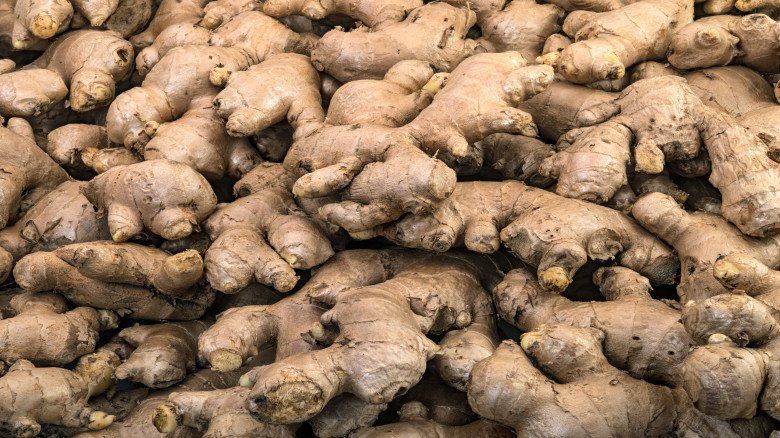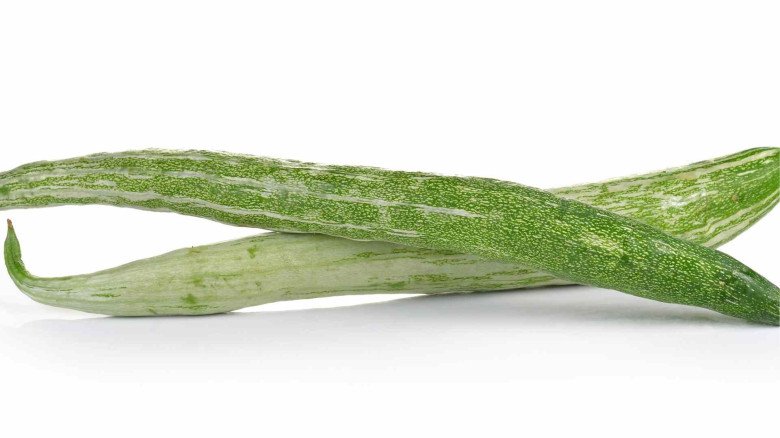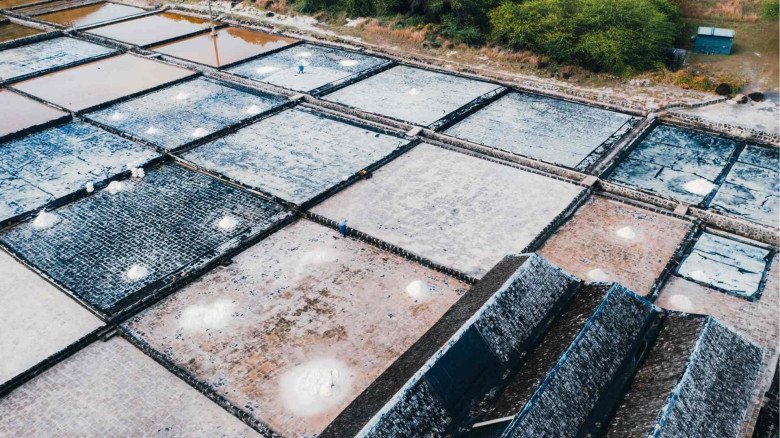Grape Cultivation in India | Techniques, Varieties, and Best Practices
Round, succulent, and incredibly tasty, grapes are in high demand during India's steamy summer months. These fruits are not only tasty, but they are also reportedly one of the most profitable crops to cultivate. India is currently one of the top 10 grape-producing nations in the world as a result of its increased grape output. However, not every one of these grapes is intended for ingestion. More than 80 percent of the grapes planted worldwide are utilized to make wine.Grapes are farmed in India from October to January. This is the point at when spring gives way to winter. The grapes are frequently planted from June to July as well.
Grapes grow best in hot, dry conditions, ideally. High humidity levels typically have a negative impact on productivity because they increase plant disease.The most profitable areas of India for grape cultivation are Mizoram, Tamil Nadu, Karnataka, and Maharashtra. You can witness enormous tunnels of grapevines where grapes are grown if you ever drive through these areas. Because of the favorable soil and climate, these areas have produced large amounts of grapes. It's also critical to understand that grape harvests receive continuous and thorough irrigation. Harvests of inferior quality could result from irrigation disruptions.Thus, the plant bears fruit once a year provided it receives proper irrigation, favorable weather, and healthy soil.
The fruit's tip changing color and taking on a sweet taste is a telltale sign that it is ripe and ready to be picked. India grows a variety of grape cultivars that ripen at different periods, including Thompson Seedless, Bangalore Blue, Dilkhush Grapes, and Sharad Seedless Grapes.Despite being extremely profitable, growing grapes is a labor-intensive process. Both production volume and quality are influenced by a number of factors. However, infections can occasionally result in losses for the grape plant. We will study more about particular fungal infections that can be fatal to grape plants in the following section.Grape Downy MildewDowny mildew is the main hazard to grape plants. This is a hazardous fungus that targets the plant's entire green portion. The fact that it is an airborne fungus spread by spores from one plant to another is what makes it dangerous. This implies that the entire plantation may get infected very quickly if a single plant is contaminated. Wet weather is one of the factors contributing to the formation of this fungus. Unprecedented rainfall causes the leaves to retain water longer, which promotes the growth of this fungus.Plant blotches are typically the first sign of downy mildew. These come in a variety of colors, ranging from brown to a light yellow.
A gray, white, or purple-hued "cotton-like mold" can be seen forming directly beneath these patches. The plants can suffer greatly from downy mildew, which can limit their growth and cause the leaves to wilt and turn brown. In order to control this fungal disease, cultivators frequently employ organic control techniques such as pulling out badly affected plants, increasing air space between plants to prevent weed growth, and watering plants throughout the day when evaporation is high to prevent the plants from staying wet.If downy mildew is not managed or identified in time, the vineyard as a whole may be destroyed.Grape Powdery MildewDue to their comparable characteristics and effects on plants, powdery mildew and downy mildew are sometimes confused with one another. Typically, powdery mildew damages fruits, flowers, and stems. A fungal disease called powdery mildew commonly affects grape plants. In contrast to Downy mildew, powdery mildew prefers a dry environment with high humidity and dim lighting. When the fungal disease is at its worst, which occurs in the early summer, these conditions are typically common.Since powdery mildew lacks the telltale symptoms of downy milddew, it is also more difficult to diagnose. Most of the time, it can be mistaken for dust, and its recurrence is the sole telltale symptom. These typically resemble white or gray dots on the plant's stem and leaves. The wind carries this fungal illness.If managed early on, powdery mildew is not extremely deadly. It can deplete the plant of nutrients if left untreated, causing it to shrink and become pale. It also hinders the plant's capacity to shield fruits and foliage from direct sunshine. This lowers the potential for production and occasionally also changes the grapes' flavors. In order to prevent and manage the spread of powdery mildew, farmers frequently remove insects, weeds, and maintain good garden cleanliness.Defending Grapes Against Powdery and Downy MildewBoth of these fungal infections come with enormous financial costs. Grape vineyards are frequently destroyed, leaving growers with nothing to sell.
Growers that produce grapes must go through a great deal of turmoil when their harvests succumb to diseases like these. Thankfully, companies are making fungicides that reduce the chance of contracting illnesses and aid in stopping their current spread. Dhanuka is one such reputable company that manufactures premium fungicide for downy mildew and powdery mildew on grapes. The well-known agro-chemical company is reputable for its agricultural goods, which include plant growth regulators, insecticides, herbicides, and the best fungicides for powdery mildew and Downey mildew on grapes. Visit Dhanuka.com to safeguard your plants from pests and observe the growth of your yield.
-logo.webp.png)
.jpg)
-logo.webp.png)


































Leave A Comment